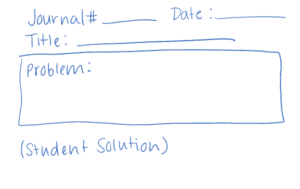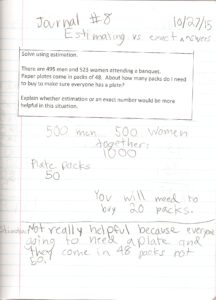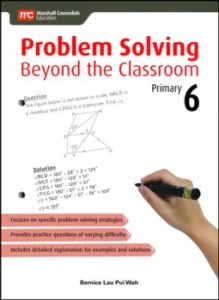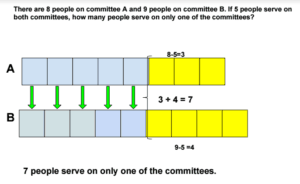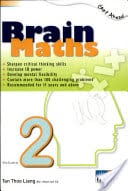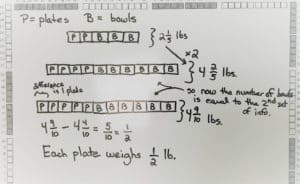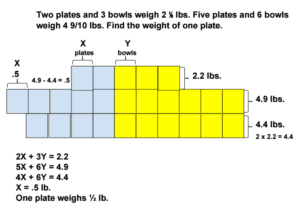Beth Curran and I had wonderful time hosting Jumpstart Your Singapore Math Instruction, our recent two-day workshop (and first self-produced event) in Saint Paul, Minnesota.
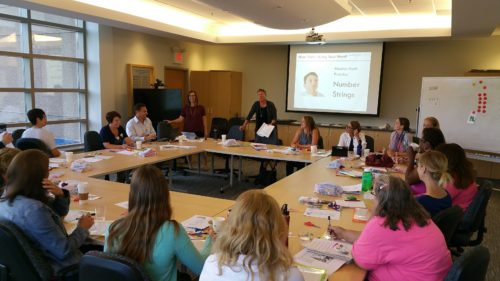
Our goal: to offer an intensive learning opportunity covering all the essential elements of Singapore’s highly-acclaimed math program, including strategies, number sense, model drawing, and curriculum.
We were thrilled to be surrounded by such an enthusiastic group of co-learners, including teachers from many of the region’s finest schools and some from as far away as California.
What did teachers say about their experience?
I couldn’t imagine teaching this year without this class. It was amazing!
-Joanne Pilon, 6-8 Math, Holy Family Academy
Wonderful experience! Amazing! Thank You!!!
-Sarah Gerlach, 2nd Grade Teacher, St. Raphael Catholic School
OUTSTANDING!! After all of our training, it’s all making sense now. I LOVE IT!!
-Kim Schafer, 4th Grade, Breck School
Amazing and informative CEU that I can apply instantly to my teaching practices.
-Sharleen Blanco, Kindergarten Teacher, Excell Academy
Very informative, fun, and safe space to learn about and practice Singapore Math. Thank you!
-Terri Browne, TA, Minnehaha Academy
Excellent Course. Great crash course in Singapore Math. It was very informative and super fun!
-Anita Juntilla, 4th Grade, St. Raphael Catholic School
Thanks to Kari Kunze, Director of Studies at Mounds Park Academy, for allowing us to use their facilities and her exceptional hospitality. Special thanks to DeeDee Stacy, an MPA 4th grade teacher and long-time fan of Primary Mathematics.
We plan to offer Jumpstart and other workshops for teachers and math aficionados in the future. If you are interested in attending or hosting one of our programs in the future, please complete the form below:

